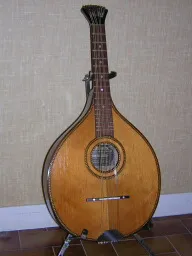|
Bohm Hamburger Waldzithers The Bohm waldzither, was made in Hamburg from 1897 to 1935, when the Bohm factory closed down after Bohm was bought out by Gewa. There-after similar instruments were made by Gewa under the Bohm name, but quality was never as good. The Bohm has the typical zither body, and 'Preston' tuners which one suspects were copied from the Portuguese fado tuners, which undoubtedly arrived in Portugal with the 18 century English guitar or cittern. Bohm produced a range of instruments and they became very popular. |
|||

|
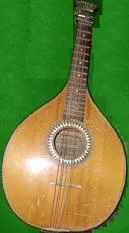
|
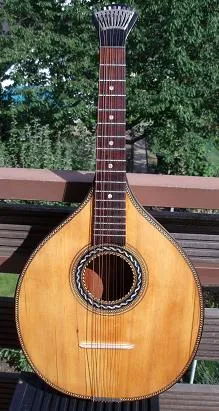
thanks to Norbert Feinendegen |
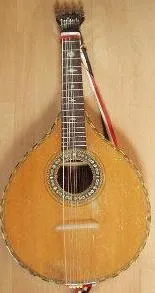
|
| Bohm Type1A | Bohm Type1B | Bohm Type 1C | Bohm Type2 |
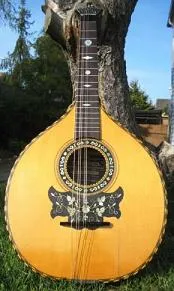
|
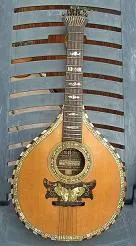
|
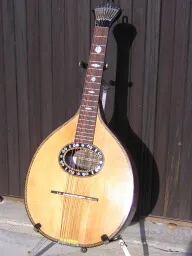
|
|
| Bohm Type3 | Bohm Type 4 | Waldoline 1a oval sound hole | |
|
Dating Bohms from the labels:
The very earliest B�hm waldzithers have an offwhite/yellow/beige label printed in red and black. Then during the first decade of the 20th C. a black label printed in gold was used. Three different variants of this design are known. Instruments with this kind of label can usually be dated fairly exactly. Some of them have regular Preston tuners which means they have to be very early. After 1903 the waldoline was added to the label. Shortly after 1900, the typical Bohm label as seen below came into use, and lasted until 1935 with several minor changes that help dating. Befroe 1918, the Company phone number was "GR. 4. 6825" and afterwards was "Alster 6825" In 1931 the number was changed again to "242375". When they were bought by Gewa in 1935, the C. H. Bohm name was removed. Head: Early B�hms, and later Model 3 and 4's has a portuguese guitar inspired scroll head. Cheaper models and all Gewas had the characteristic spade shaped head. |
|||
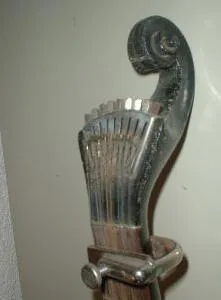
|
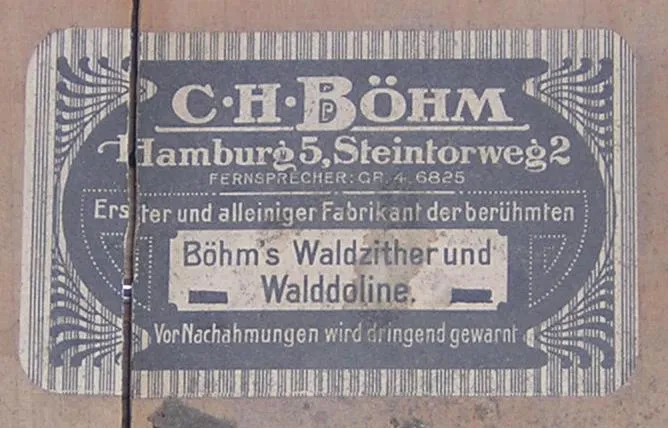
This has the pre-1918 GR 4 6825 number |
This has the post-1918 Alster 6825 number |
|
| For more accurate dating: check the Bohm Dating page | |||
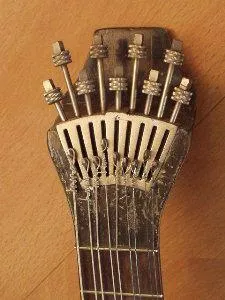
|
Tuners
The earliest B�hms, until about 1900, had Preston tuners with thumbscrews, similar to those of the portuguese guitar, see photo left. Around 1900 B�hm simplified the construction and introduced the unique clock key mechanism. This was used for all B�hm instruments from then on and also for most Gewa made instruments from 1935 to the 1960s.
|
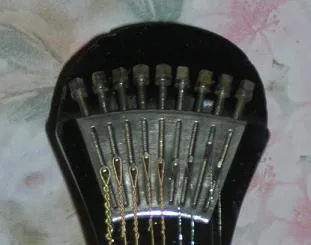
|
|
|
There are also two distinct types of tailpiece seen, but it is not clear when the change over was made, so it not too helpful in dating. |
|||
|
|
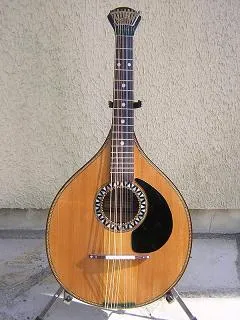
|
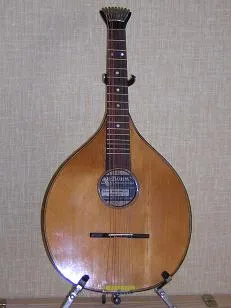
|
|

